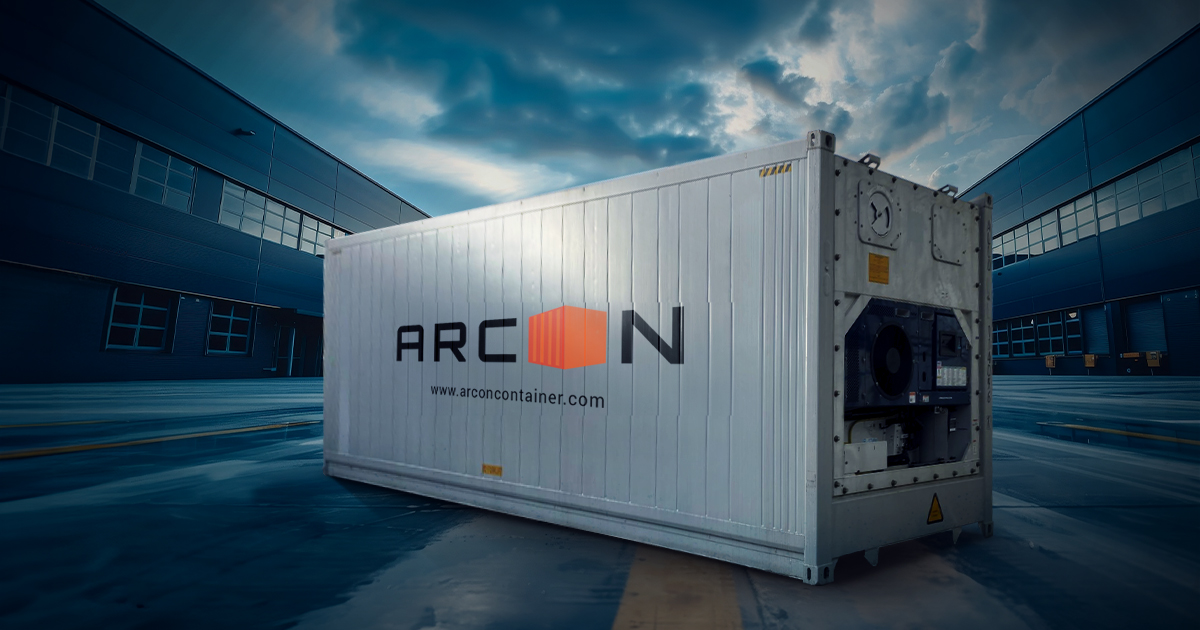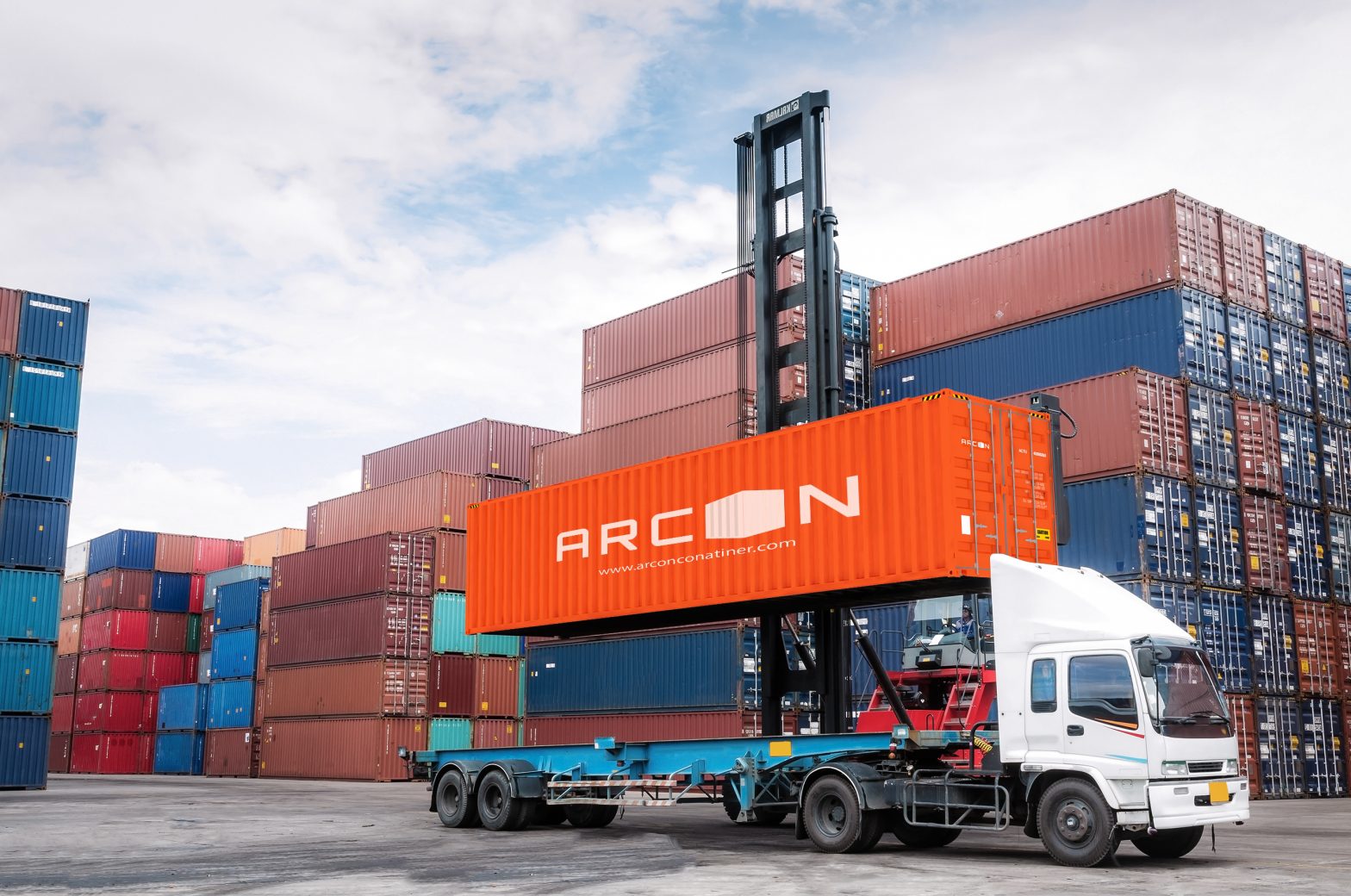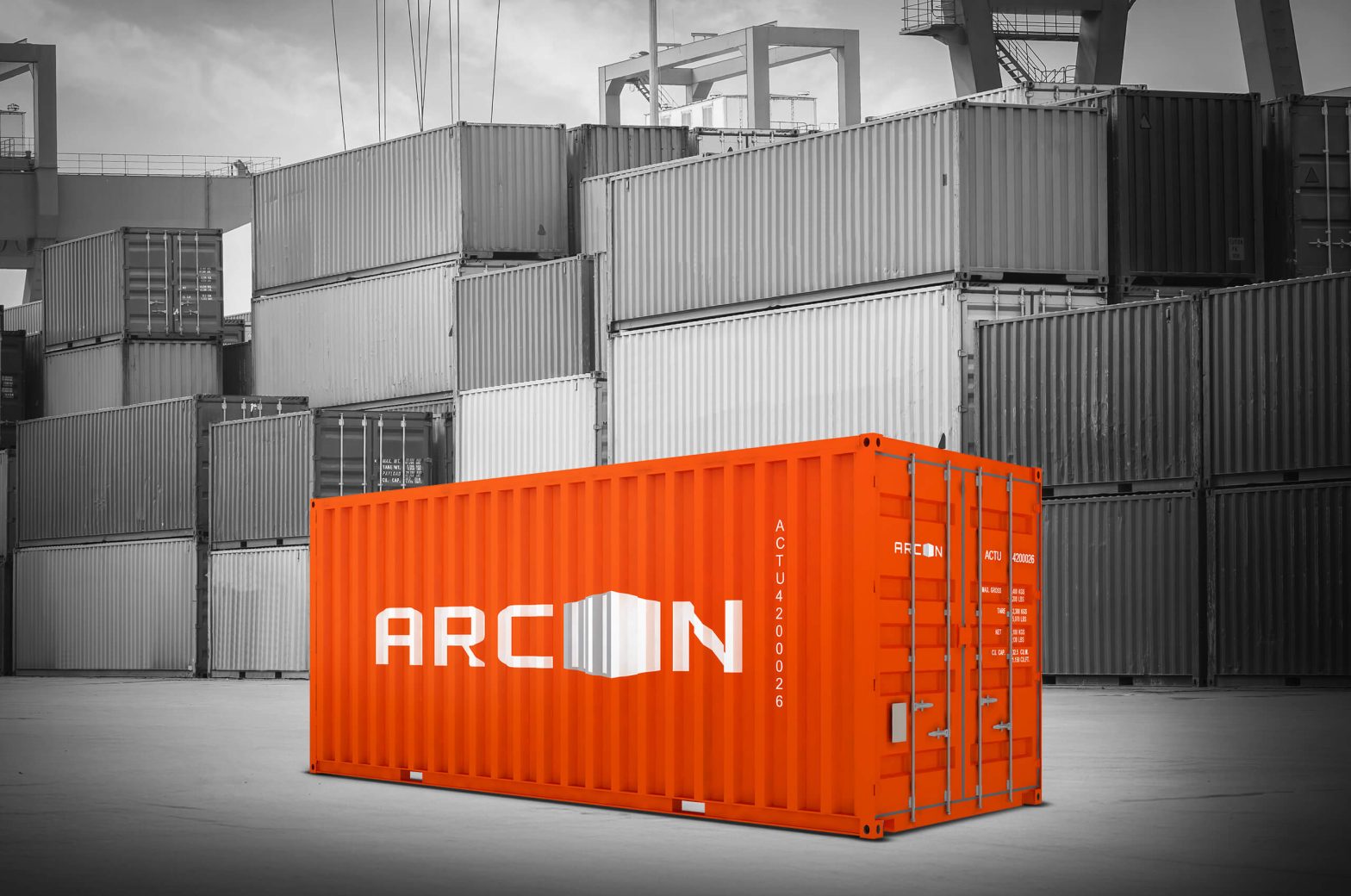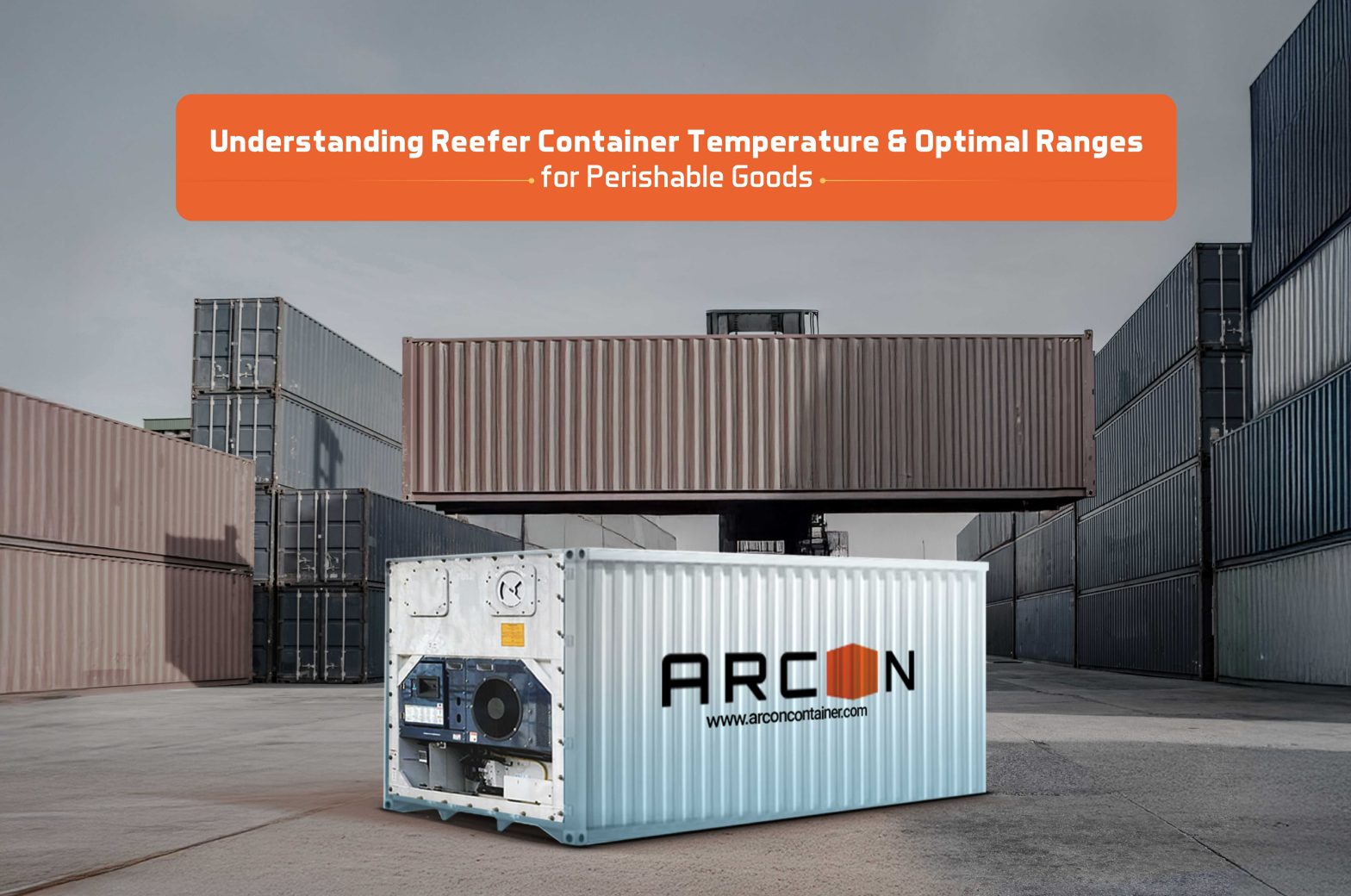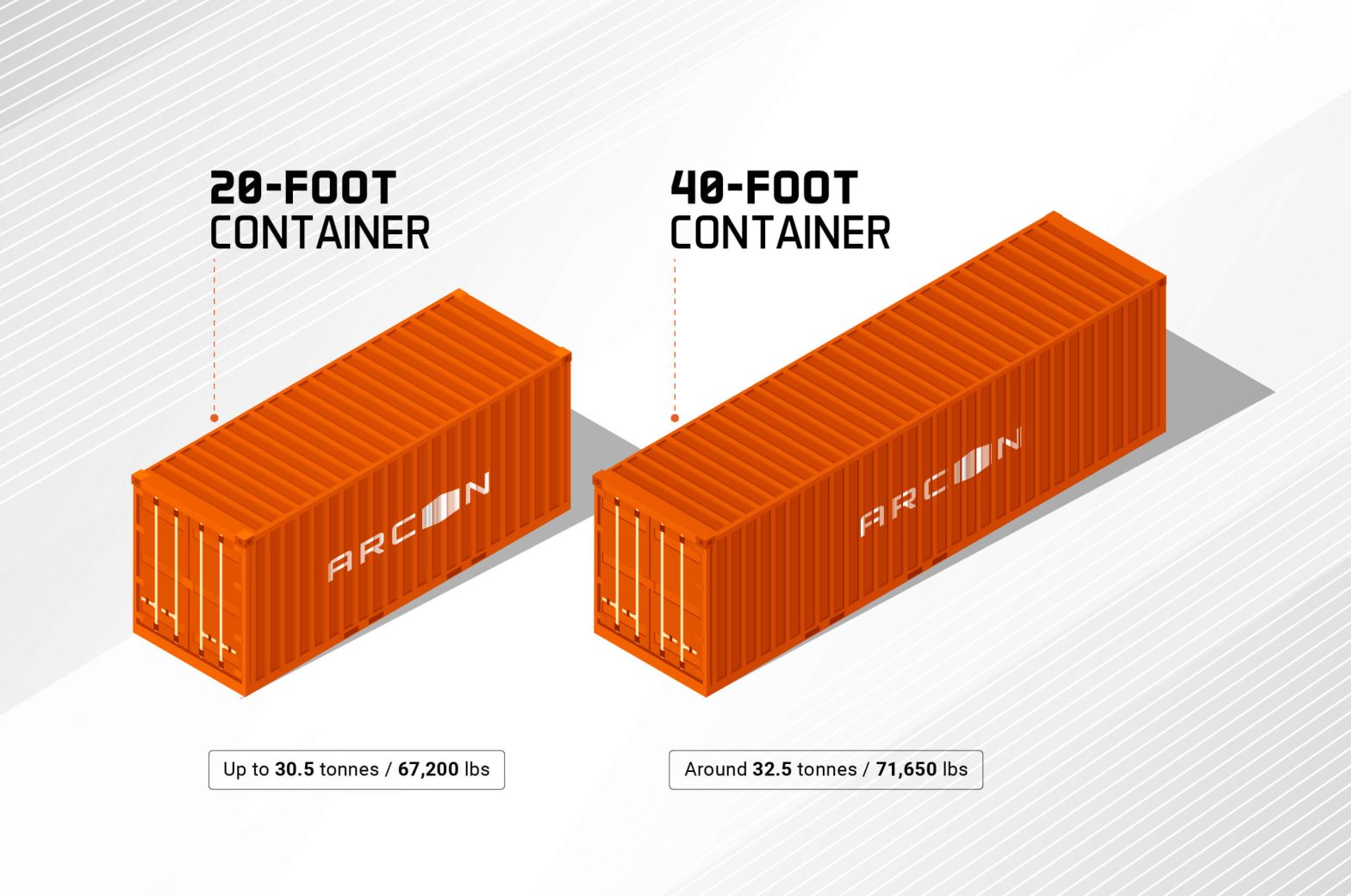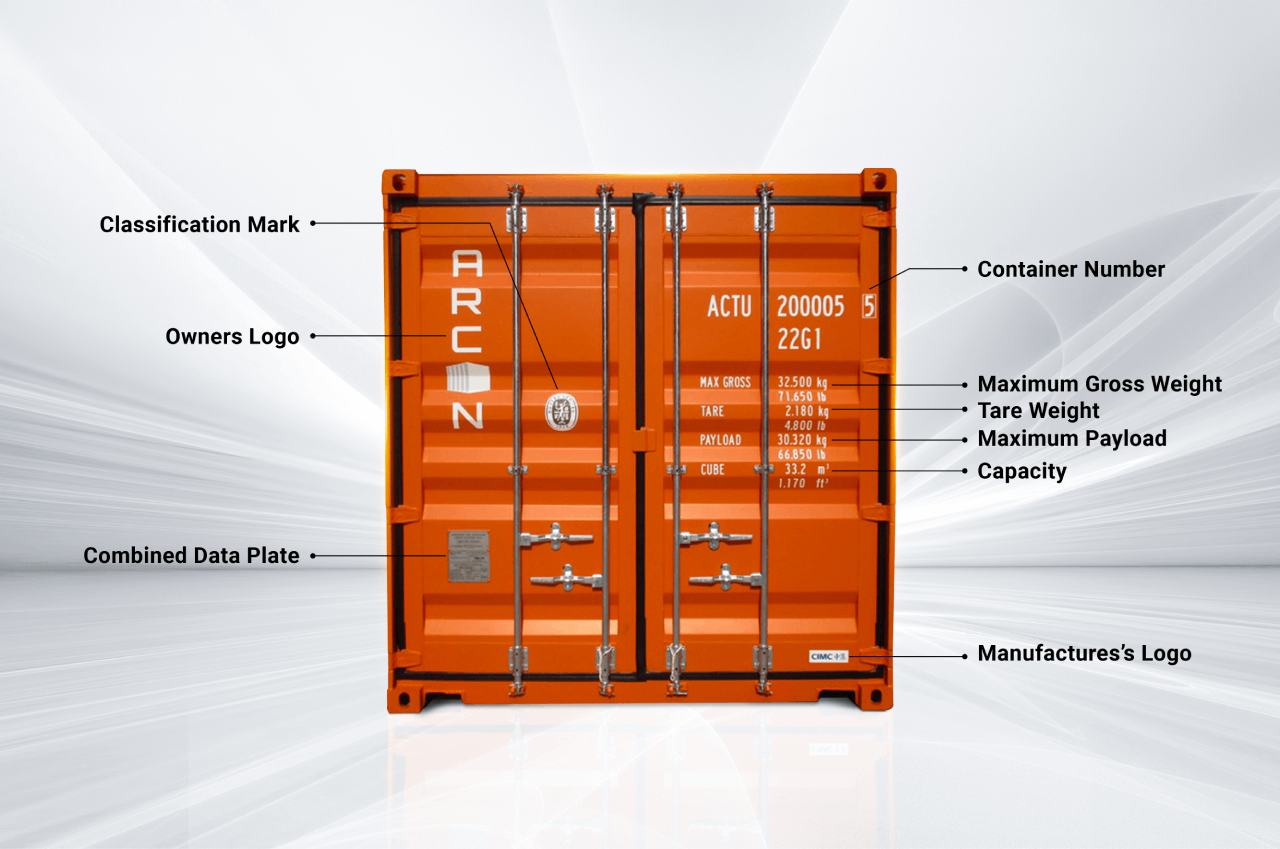In logistics, a significant challenge is maintaining the freshness of perishable goods during extended travel periods, particularly when transporting them across states by road or rail. Whether it’s food products or pharmaceuticals, ensuring these temperature-sensitive items remain in optimal condition over days of transit is crucial.
This is where reefer containers come into play, offering a reliable solution to maintain the freshness and safety of your goods. In this blog, we will explore reefer containers’ specifications and dimensions. Additionally, we will share expert tips on selecting a reefer container that perfectly suits your needs.
What Is a Reefer Container?
A reefer container, also known as a refrigerated container, is a specially designed shipping containers. It maintains a controlled temperature environment to transport perishable goods over long distances. These containers are equipped with built-in refrigeration units that can maintain temperatures ranging from -30°C to +30°C, depending on the cargo’s needs.
Why Do We Need Reefer Containers?
The need for reefer containers arises from the increasing demand for fresh and safe products across the globe. These containers play a critical role in various industries, such as:
- Food and Beverage : These containers ensure that fruits, vegetables, meat, and dairy products remain fresh from farm to table. They are also essential for the global seafood trade, keeping fish and other seafood at the right temperature to prevent spoilage.
- Pharmaceuticals : Many pharmaceutical products require strict temperature controls to maintain their efficacy. Reefer containers are used to transport vaccines, medications, and other sensitive medical supplies.
- Chemical Industry : Certain chemicals are highly sensitive to temperature changes and require consistent refrigeration during transit to prevent dangerous reactions or degradation.
What are the Various Dimensions, Types, and Specifications of Reefer Containers?
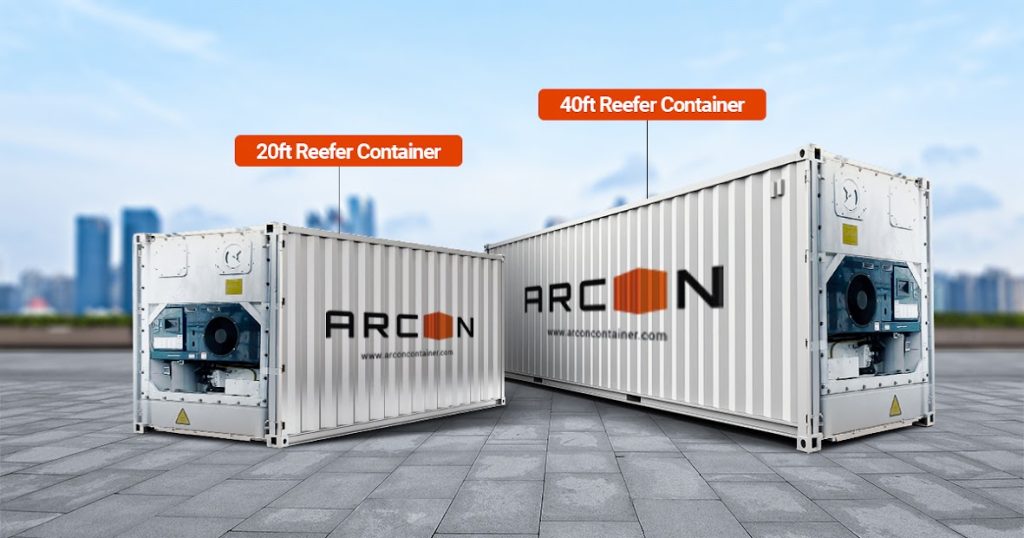
Understanding the dimensions and specifications of reefer containers is essential when selecting the right one for your cargo. The two most common sizes are:
- 20-foot Reefer Container : This container typically offers around 28 cubic metres of space and is ideal for smaller shipments or when space is limited at the destination. It has internal dimensions of approximately 5.44m x 2.29m x 2.27m, providing ample room for goods that need to be kept cool or frozen during transit.
- 40-foot Reefer Container : With nearly double the space of the 20-foot container, this option provides approximately 58 cubic metres of capacity. It has internal dimensions of about 11.58m x 2.29m x 2.27m. The 40-foot reefer container is best suited for larger shipments, making it a popular choice for companies that need to transport bulk quantities of perishable goods.
These containers also vary in their cooling technology:
- Air-cooled systems : These are the most common and circulate cold air throughout the container, ensuring that the temperature remains consistent. They are versatile and effective for a wide range of products.
- Water-cooled systems : These are typically used in environments where air cooling is less effective, such as in high ambient temperatures or in specific industries where precise temperature control is required.
Expert Tips For Selecting the Right Reefer Container
Selecting the right reefer container can be daunting, but with the right guidance, you can make an informed decision that ensures your goods are transported safely and efficiently. Here are some expert tips:
1. Assess Your Cargo’s Temperature Needs:
Determine the specific temperature range required by your cargo. For example, frozen foods may need temperatures below -18°C, while fresh produce might require temperatures just above freezing.
2. Consider the Volume of Your Shipment:
Choose between a 20-foot or 40-foot container based on the volume of goods you need to transport. Larger shipments typically require the capacity of a 40-foot container.
3. Check the Power Requirements:
Ensure that the reefer container’s power system is compatible with the power supply at both the origin and destination. Some containers may require specific voltage or frequency settings.
4. Evaluate the Cooling Technology:
Choose between air-cooled and water-cooled systems based on the environmental conditions your container will face. Air-cooled systems are versatile, while water-cooled systems offer precise control in extreme conditions.
5. Look for Customisation Options:
Depending on your cargo, you may need additional features such as humidity control, specialised racks, or advanced monitoring systems. Opt for a container that can be customised to meet your specific needs.
6. Consider Maintenance and Support:
Select a reefer container from a reputable manufacturer that offers excellent customer support and readily available spare parts. Regular maintenance is crucial to ensure the container remains in optimal condition.
To Sum Up
Reefer container selection depends on various factors, and the above tips will help you understand these factors and make a calculated decision. Whether you’re in the food industry or pharmaceuticals, choosing the right reefer container is key to maintaining product quality.
At Arcon, we take pride in offering state-of-the-art refrigerated shipping containers equipped with advanced temperature control technology for perishable goods. Our flexible lease options cater to a variety of business needs, providing you with the convenience and adaptability you require.
With our commitment to delivering reliable equipment and exceptional service, Arcon is your trusted partner in temperature-sensitive logistics.
Contact us at sales@arconcontainer.com today and power up your shipping with ARCON’s cutting-edge refrigerated containers.


